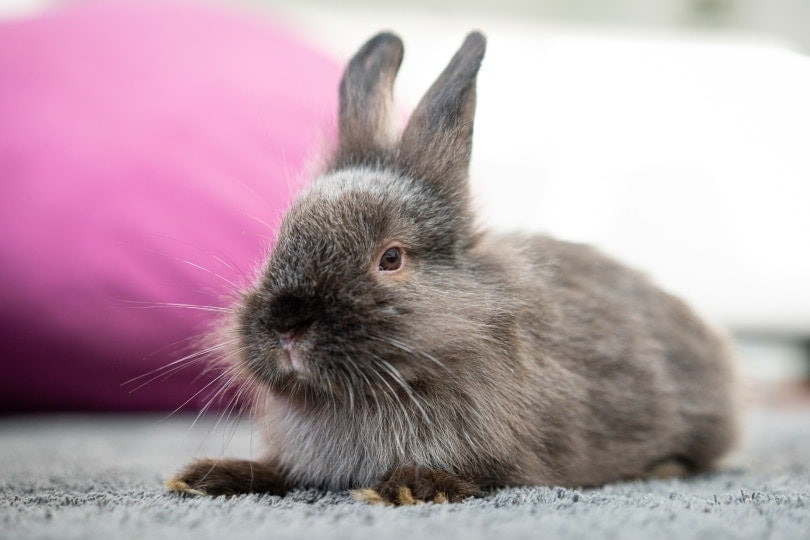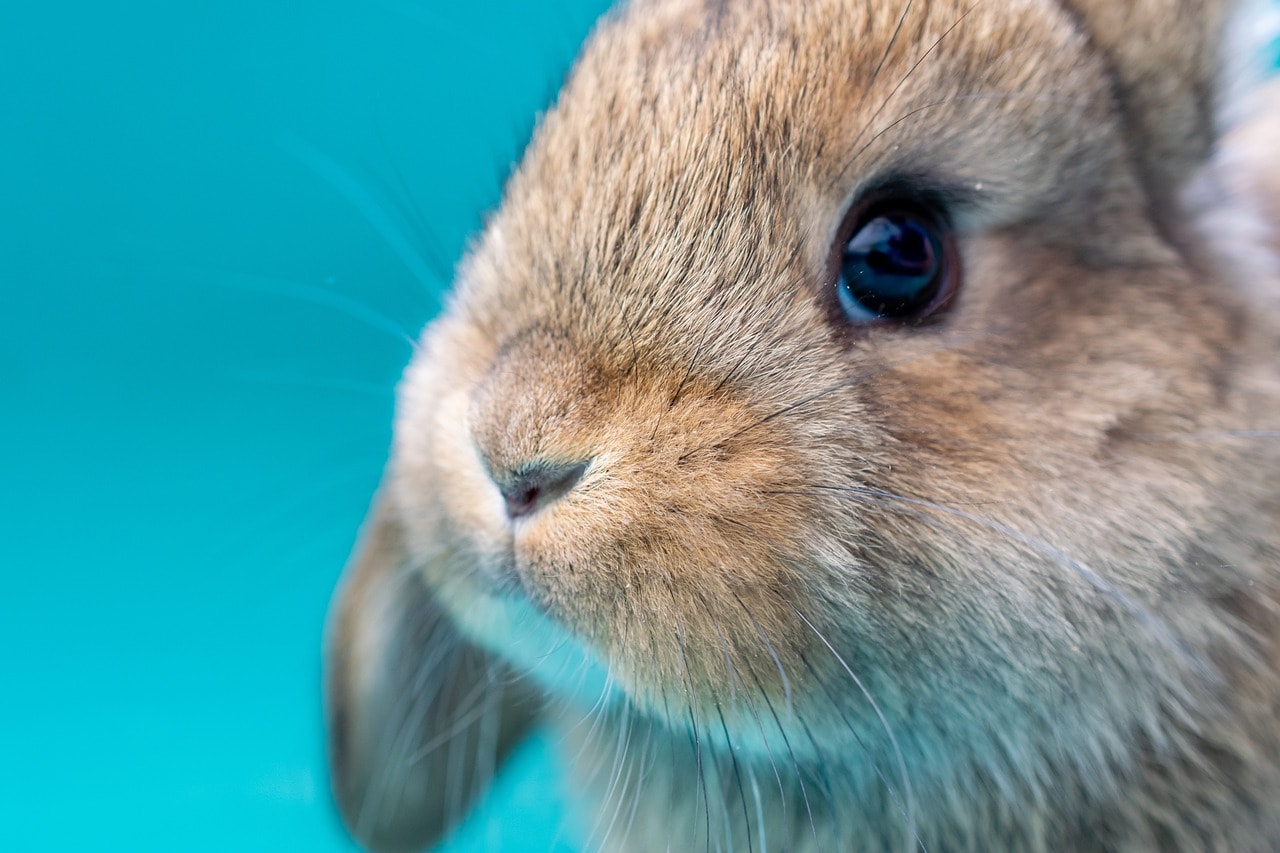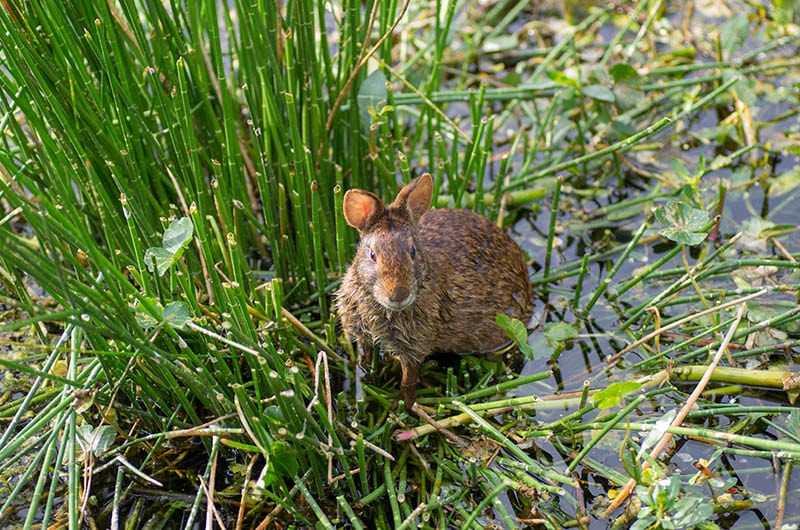How To Treat Ear Mites In Rabbits: 7 Vet Approved Tips & Tricks
Updated on
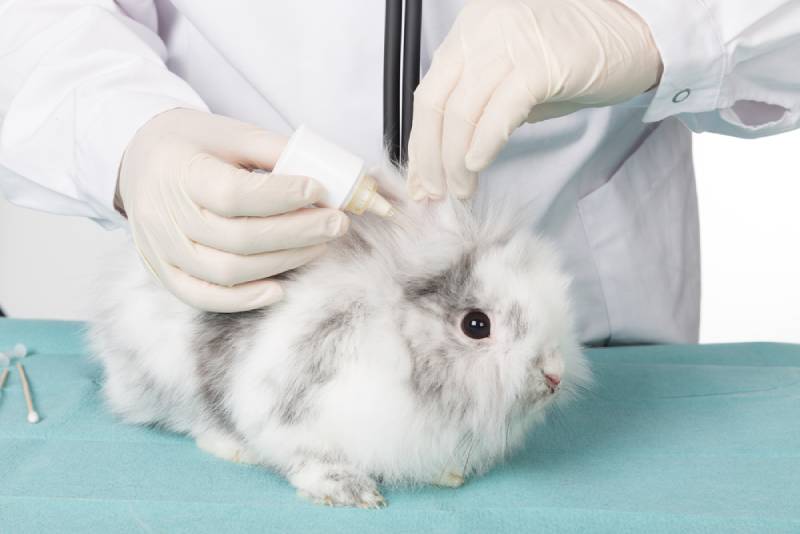
Rabbits can be affectionate and lively animals when kept as pets and are extremely popular in the U.S. Like all animals, rabbits suffer from various health conditions you must know as a conscientious owner. One of the most common is ear mites, specifically Psoroptes cuniculi mites.
This type of mite is the most familiar to veterinarians as it also affects other animals. In rabbits, the ear mite is highly contagious and can be spread from direct touching between an infected and non-infected rabbit. Worse is that, if left untreated, ear mites can cause severe health problems, including in a worst case scenario, meningitis which is often fatal in bunnies. For tips and tricks on how to treat ear mites in rabbits, keep reading.
The 7 Expert Tips and Tricks to Treat Ear Mites in Rabbits
1. Treat Your Rabbit and its Environment Simultaneously
The first thing you should do if you suspect ear mites in your rabbit is to visit your veterinarian. They will be able to diagnose the earmites and give appropriate, safe and effective treatment options. Veterinarians recommend that you treat your rabbit, any in contact rabbits, its hutch, pen, cage, or other living space simultaneously when your pet has mites. If you only treat your rabbit and put it back into its untreated living space, or with an affected companion, the chance the mites will reinfect your pet is much higher. Psoroptes cuniculi can live off their animal host for as long as 21 days.
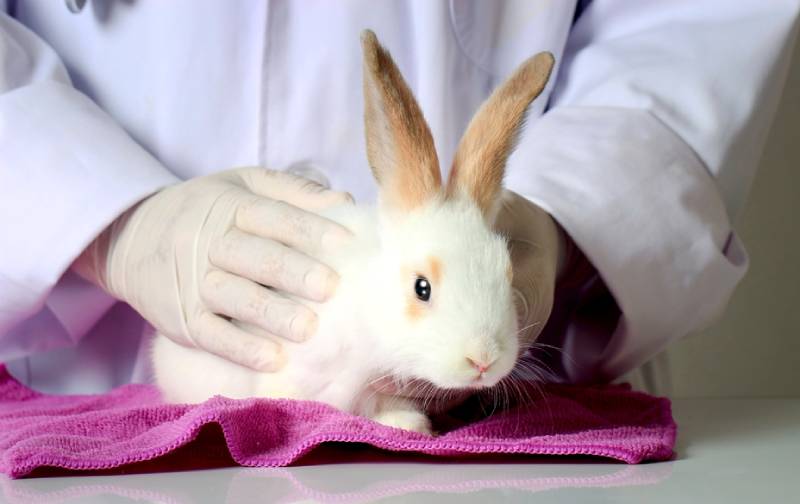
2. Remove Your Rabbit From Its Pen During Treatment
This tip goes along with Tip 1. You need to remove your rabbit from its pen or cage during the treatment of mites. Pop your rabbit into a safe living space while you thoroughly clean and dry out their hutch and run. Once the treatment is finished, you can put your rabbit back in its (thoroughly cleaned) regular living space. The same goes for applying medications. Do this out of the hutch in an area that can be easily cleaned to avoid contamination.
3. Do Not Remove Crust and Scabs From your Rabbit’s Ears Right Away
Mite infections can cause crusty, scab-like formations in and around your rabbit’s ears. While they must be removed, doing it before treatment is often not recommended as it can be extremely painful for your pet.
Some vets recommend waiting until your rabbit is about 7 to 10 days into treatment at which point the medication it’s receiving should make the scabs and crusts much easier to remove gently. In fact, in many cases, the scabs and crusty stuff will fall off on their own after about 10 days. However it is important to remove the crusts as they contain live mites. Your veterinarian may deem it necessary to provide pain relief and sedate your rabbit to kindly remove the crusts to ensure effective treatment.
4. Get Rid of All Bedding in Your Rabbit’s Hutch
Even if there are no longer mites on your rabbit, the nasty critters can live for as long as 3 weeks. For example, if mites are in your rabbit’s hutch, the chance they’re also infesting your rabbit’s bedding is extremely high. Rabbit ear mites can be transferred by fomites which are objects that can move from place to place, such as bedding.
For that reason, tossing all of their bedding in the trash is highly recommended, whether it’s hay, straw, wood chips, or other bedding material.

5. In Severe Infestations, Replace Your Rabbit’s Hutch
So let’s say your rabbit’s hutch is made of wood, which many are, and the mite infestation was severe or keeps returning. In that case, replacing the hutch entirely might be your best choice. The reason is that mites can establish themselves inside porous wood and keep reinfecting your rabbit. This can be an expensive step so discuss with your veterinarian first.
6. Beware of Some Insecticides
Getting rid of mites in your rabbit’s environment usually means deep cleaning its hutch and using an insecticide to ensure all mites are dead. The problem is that some insecticides are toxic to rabbits and can make them sick. When choosing an insecticide to clean your rabbit’s hutch, ask your vet for their recommendation.
7. Avoid OTC Treatments for Ear Mites
Medications for ear mites usually include the medications selamectin and ivermectin and are prescribed by a veterinarian. Although you can buy over-the-counter (OTC) medications for ear mites, most contain potentially toxic ingredients. Some of them can even cause your rabbit to have seizures or become paralyzed if used incorrectly.

What Are the Symptoms of Ear Mites in Rabbits?
As the pet parent of a rabbit, it’s essential that you know the signs of an ear mite infestation. If unnoticed and left untreated, a severe ear mite infection can lead to secondary meningitis which can cause your precious pet to lose hearing or even die. Below are the most common signs your rabbit will show if ear mites infest them.
- Your bunny will scratch excessively around its ears and flap their ears
- You’ll see crusty scabs forming in the outer area of your rabbit’s ears
- Your bunny will shake its head and ears frequently
- You may see scratch marks all over your bunny’s face, neck, and at the bottom of their ears
- The edges of your rabbit’s ear flaps will show thinning hair
- Your rabbit will start to lose weight (a very bad sign)
How Do Ear Mites Spread?
One of the worst things about ear mites is how quickly they propagate. Plus, ear mites can spread from one rabbit to another, from another animal to a rabbit, and even from a human to a rabbit via their clothes.
- Direct contact between an infected rabbit and a non-infected rabbit
- When rabbits live in overcrowded conditions.
- Suitable environmental conditions (low humidity and cool temperatures)
- If you put a rabbit back into an infected hutch
Final Thoughts
Ear mites are a common health issue for rabbits and can be difficult to control and eradicate. Visit your veterinarian and be prepared for treatment to take several weeks. However, eradicating ear mites should be much easier if you use the expert tips and tricks we’ve shared today. To prevent mite infestations, check and clean your rabbit’s ears regularly and visit your veterinarian if you see any troubling signs.
Featured Image Credit: bmf-foto.de, Shutterstock



